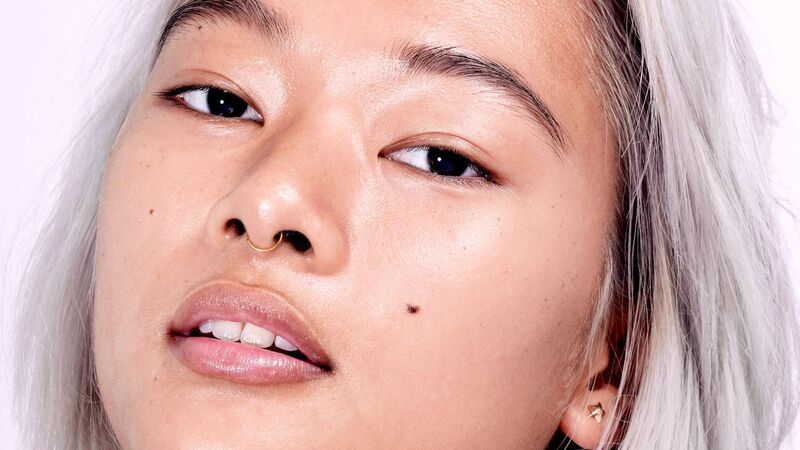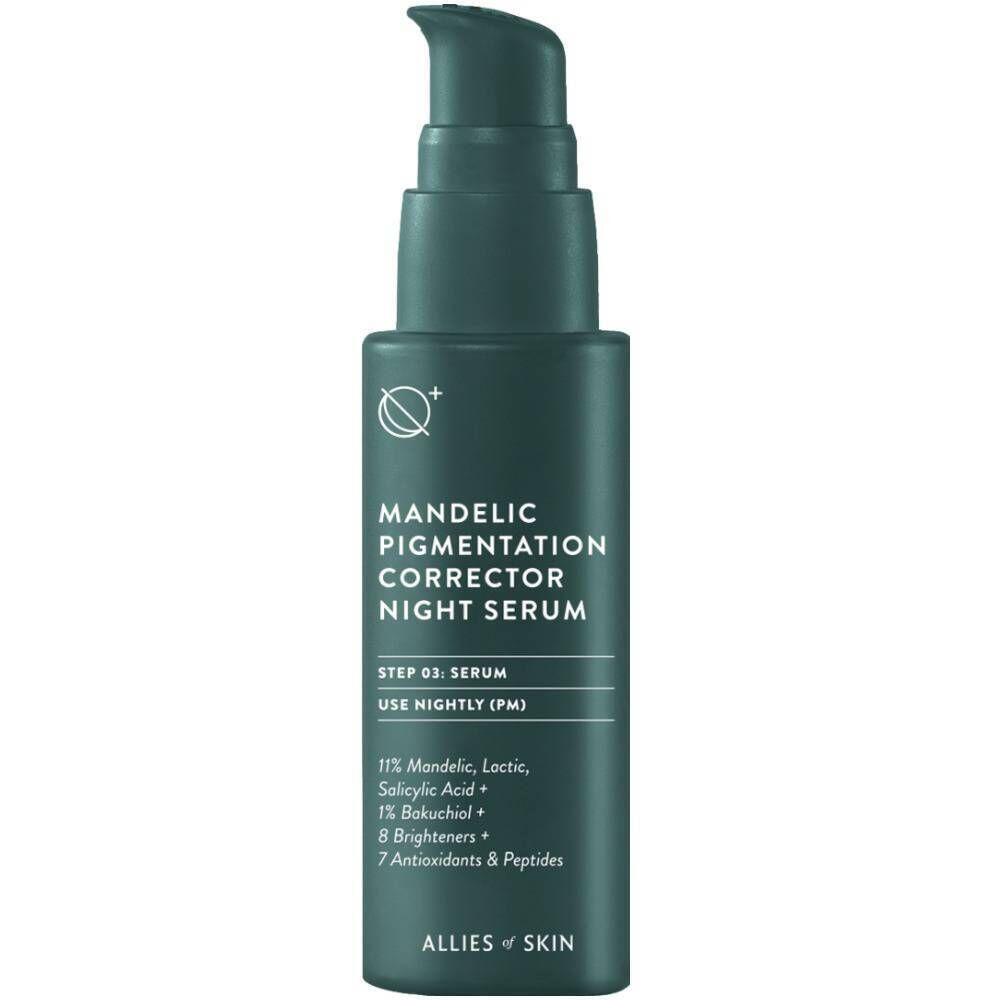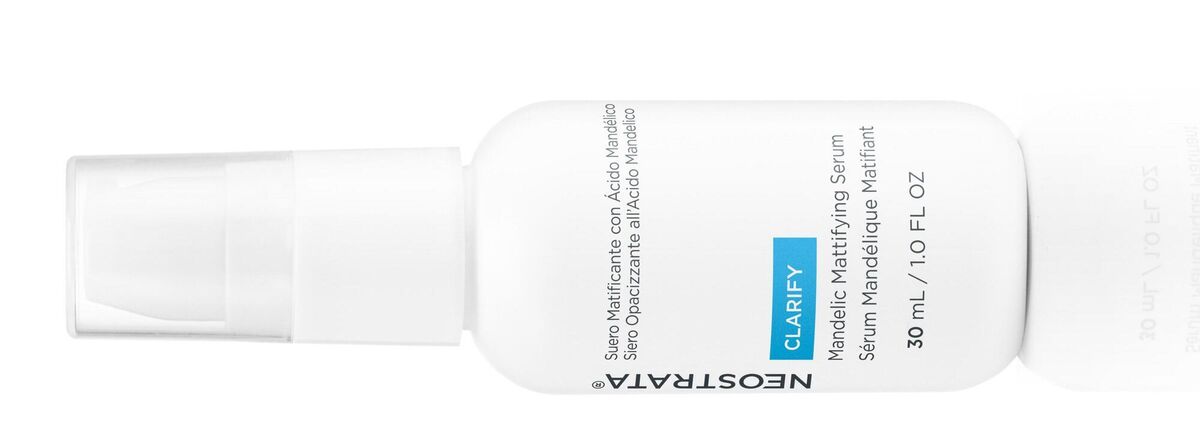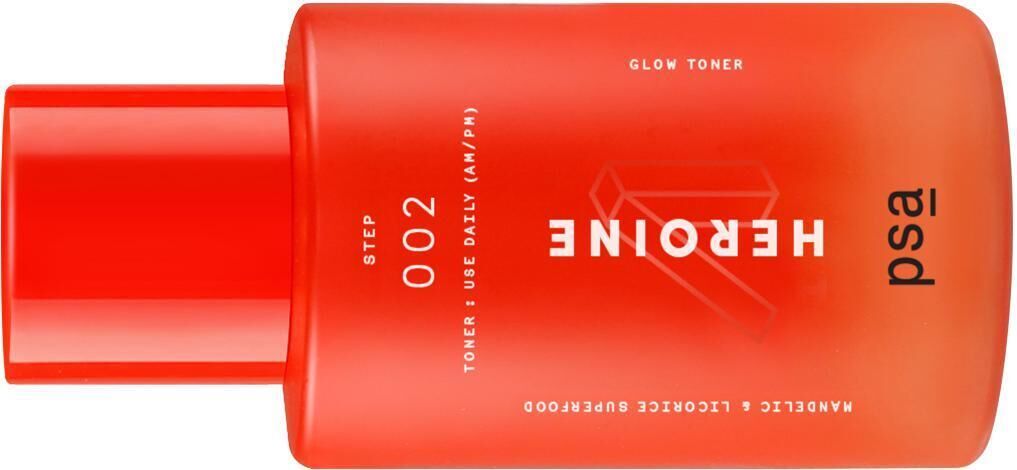What is mandelic acid and how can I use it to exfoliate without irritating my skin?

Few ingredients get skin glowing like alpha hydroxy acids (AHAs), but how do you use one without risking irritation? In case you’ve missed them, AHAs are a popular family of ingredients that can improve dryness, dark spots and uneven texture when used for exfoliation.
AHAs weaken the bonds between skin cells so we can shed them faster and more efficiently. They leave skin brighter and smoother. The AHAs most often used for exfoliation are glycolic, lactic, tartaric, malic and mandelic acids. Each works at a different pace but towards the same goal. I focus on mandelic acid here because it is gentler than the others and may be a good ‘starter’ AHA if you are wary of exfoliants. If you use retinol or retinaldehyde every night, remember that these ingredients are already causing your skin to shed faster.
If you still want to try mandelic acid, you may wish to restrict your use to once a week and see how things go. Do not use them simultaneously. Using broad-spectrum SPF30 or higher after you exfoliate is vital as it makes you more sun sensitive. Here are some ways mandelic acid can help the skin.
The ‘clean beauty’ movement’s preoccupation with nature is no obstacle to the AHA trend, as all these acids can be naturally sourced. Mandelic acid comes from bitter almonds. This acid is compatible with a wide range of other ingredients and valued for its antibacterial and anti-inflammatory properties. It is the gentlest AHA because its molecules are comparatively large. In general, the smaller an exfoliating acid’s molecules, the easier it is for the ingredient to penetrate the skin quickly.
This makes for more dramatic initial results but is more likely to sensitise or irritate skin. Among popular AHAs used for exfoliation, glycolic acid has the smallest molecules, then lactic, tartaric, malic, and finally mandelic. The Ordinary Mandelic Acid 10%, €6.61 at feelunique.com, is an affordable option that includes hyaluronic acid and other soothing ingredients.

Mandelic acid seems to improve the hyperpigmentation problem melasma (sometimes called “pregnancy mask,” though it can happen to anyone), when used together with salicylic acid. A 1999 study in which subjects used a 20% salicylic/10% mandelic acid peel found it reduces hyperpigmentation in melasma patients by as much as 50 per cent in about 4 weeks.

Mandelic acid won’t get rid of pimples, unfortunately. Salicylic acid is far more effective in that area. However, mandelic acid’s antibacterial nature can helpwith spot prevention.

All AHAs increase the skin’s moisture content by stimulating ceramide production in the natural moisture barrier and making you shed dead skin cells that keep your moisturiser from reaching the skin beneath. Some studies show mandelic acid also increases ageing skin’s ability to product natural oil (sebum), which, like ceramides, is key to helping skin retain moisture and keeping the face smooth and supple. PSA Mandelic & Licorice Superfood Glow Toner, €33 at boots.ie, is a leave-on liquid that combines mandelic acid with soothing liquorice, niacinamide and black tea.
I know this point appears to contradict the one above: how can an ingredient that makes skin oilier be recommended for acne? The answer comes down to a product’s formula. A mandelic acid product for acne-prone skin will typically contain more of the spot-clearing, sebum-regulating ingredient salicylic acid and use mandelic acid for other reasons.










